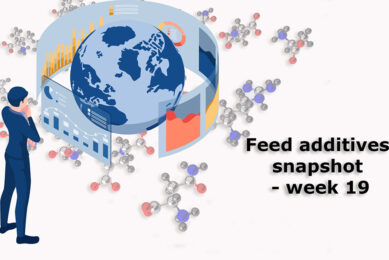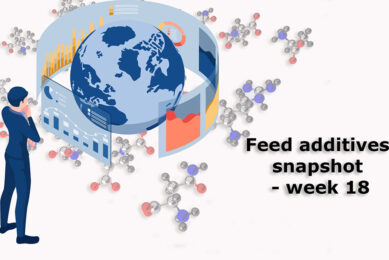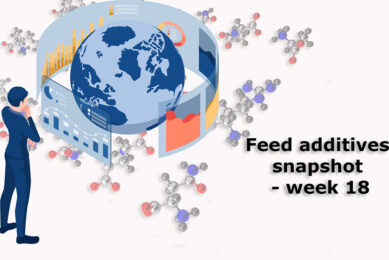Scarce resources will limit growth dairy production

Dairy farmers in Europe are gearing up and making plans for expansion towards the end of the quota system in 2015. At the same time farmers in New Zealand are intensifying production year round and farmers in countries in the developing world are trying to keep up with the expanding demand for milk and milk products.
World food organisation FAO and the organisation for economic cooperation and development OECD conclude that the year to year dairy production will grow worldwide with 180 million tonnes until 2023, compared to the period 2011-2013. The largest part of the extra production, about 78%, will come from developing countries. And the mean price level will go down somewhat.
That said, the production increase will be lower than expected earlier. The organisations expect a growth until 2023 of 1.9% per year. For comparison; in the last ten years the average growth was 2.2%. Dairy production will be limited by scarce resources. Shortages of water and arable land in developing countries, together with the slow acceptance of modern farm methods, will become a bigger and bigger problem. Especially when one takes in account that the demand will grow fastest in the developing world.
In their expansion plans farmers have to take in to account the scarcity of resources and the effects this can have on –for instance- feed prices. Economics of scale offer certain advantages, but farm profitability is influenced far more by the price level of input and output than by scale. According to FAO and OECD the milk price will fall on a short horizon, climb on a mid-term and will settle lower than today (but higher than before 2007) until 2023. That will not compensate for structural higher feed prices due to shortages.










